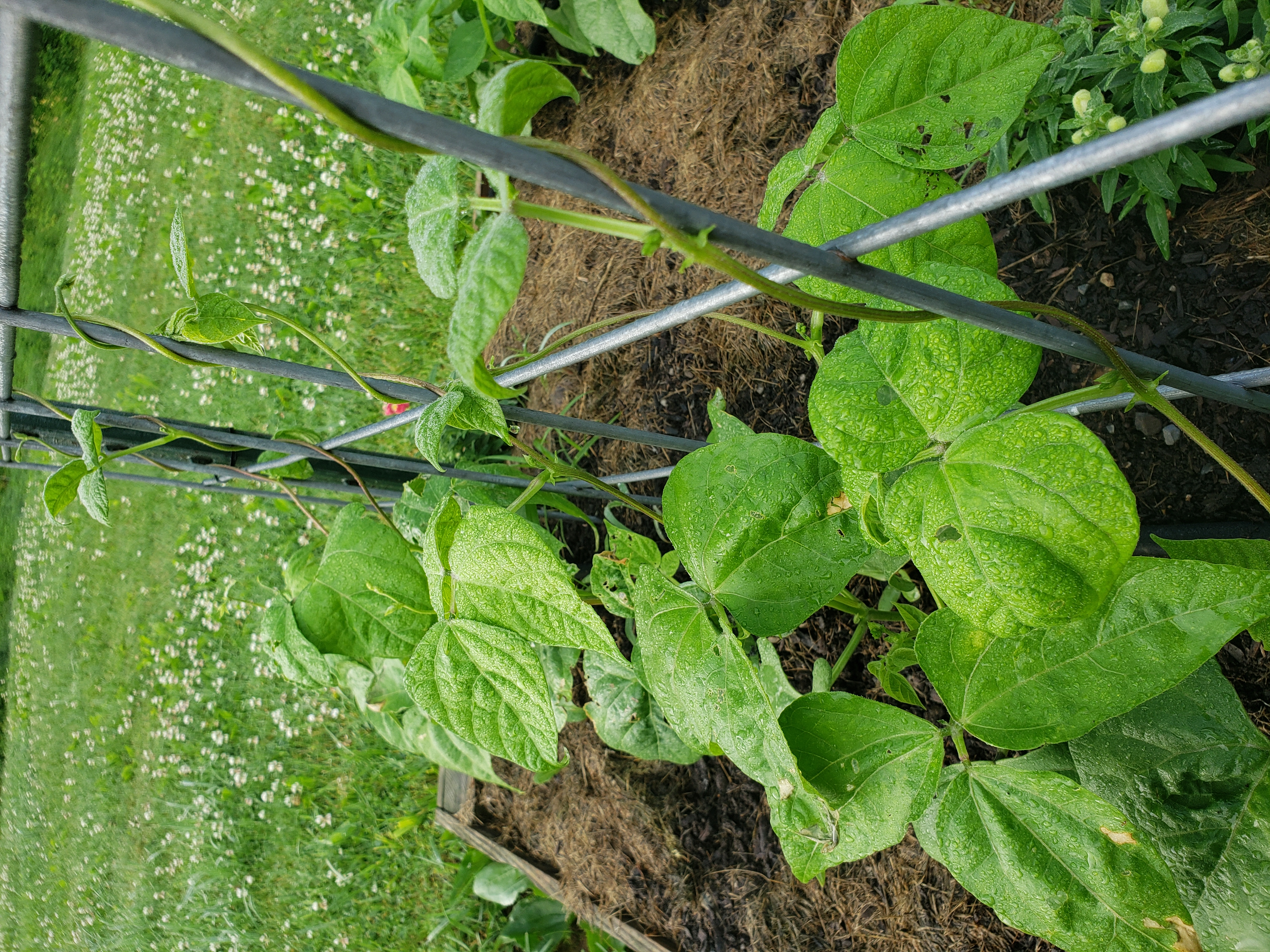The #1 Garden Item to Plant

BEANS
BEANS
If we had to vote on only one item to grow in the garden, it would be beans. Why?
- First, beans are loaded with plant-based protein
- Second, beans can be dried, canned or frozen
- Third, they can be grown all summer long
Futhermore, beans are also nitrogen fixing plants, which means they can begin to amend your soil. So, do you want to know the basics? Read on…
PLANTING REQUIREMENTS
In our opinion, beans are perfect for the beginner and the advanced gardener. Grab a pack of seeds, plant them in the ground after the danger of frost has passed and give them some water. From there, beans are relatively maintenance free. But, you do need to select the appropriate type of bean…
BUSH VS. POLE BEANS
Bush beans will not need any type of support, unlike their counterpart, the pole bean which needs a trellis or a fence in which to climb. Be sure to read the back of the seed envelope as it will tell you whether your beans will need support. There are hundreds of varieties to choose from. You have the basics: yellow and green. Then the not-so basic haricot, purple, and turtle beans. We have even grown skunk beans! (I bet you can imagine what those beans look like! )Not to worry, though: you have lots of green and yellow bean options. You can find beans at your local nursery (support local business!), a big box store, and even your local dollar store.
HARVESTING
Once pods are developed, beans can be picked, washed and eaten. You will usually start picking 2-3 months after the beans were planted. If you want beans for fresh eating or for preserving, pick the pods when they are slender –larger, bumpy pods usually mean the seeds inside have developed and will make for a less palatable experience. If you are growing a bean for dry storage (or you would like to save seeds for later use) allow the pods to fully develop. These pods can remain on the plant and begin the drying process right in the garden.
PRESERVATION METHODS
Fortunately, beans have several storage methods. If used within a week or two, beans can be stored in the refrigerator. For longer term storage, beans can be frozen in freezer bags or using a vacuum sealer; however, beans must be blanched to preserve color and nutrients. Lastly, beans can also be pickled and preserved using water bath canning, or can be pressure canned for later use.



No comments.